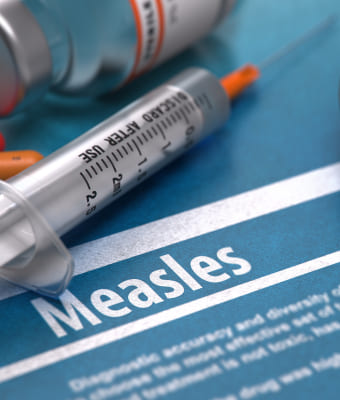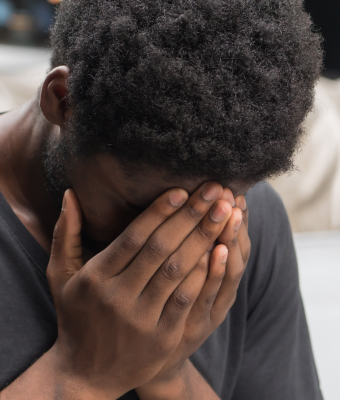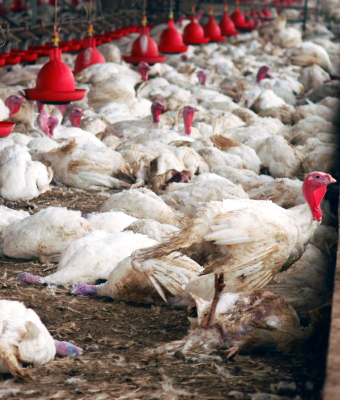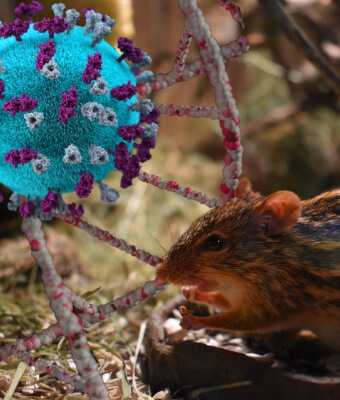The situation
On 13 February 2023, Equatorial Guinea confirmed its first-ever outbreak of Marburg virus disease1. Some preliminary tests were carried out after nine suspicious deaths in the country’s eastern Kie Ntem Province, of which one came back positive. So far nine suspicious deaths and 16 suspected cases with symptoms including fever, fatigue and blood-stained vomit and diarrhoea have been reported.
What is Marburg Virus?
Marburg Virus Disease (MVD) is a rare but severe hemorrhagic fever which affects both people and non-human primates2. MVD is caused by the Marburg virus, a RNA virus of the filovirus family. The six species of Ebola virus are the only other known members of the filovirus family.The reservoir host of Marburg virus is the African fruit bat, Rousettus aegyptiacus.
After an incubation period of 2-21 days, symptom onset is sudden and marked by fever, chills, headache, and myalgia. Around the fifth day after the onset of symptoms, a maculopapular rash, most prominent on the trunk (chest, back, stomach), may occur. Nausea, vomiting, chest pain, a sore throat, abdominal pain, and diarrhoea may appear. Symptoms become increasingly severe and can include jaundice, inflammation of the pancreas, severe weight loss, delirium, shock, liver failure, massive hemorrhaging, and multi-organ dysfunction. Marburg virus can be difficult to diagnose given its similar presentation to several other infectious diseases, including malaria, typhoid fever, meningitis and Ebola.
Marburg virus is rare among people but is highly infectious once it finds a human host3. Marburg virus has a fatality rate of up to 88%.
Unfortunately, there are no vaccines or antiviral treatments approved to treat the virus. However, rehydration with oral or IV fluids and treatment of specific symptoms improves survival. At present some treatments are in phase 1 evaluation, such as blood products, immune therapies and drug therapies, as well as candidate vaccines.
Marburg virus was first recognized in 1967, when outbreaks of hemorrhagic fever occurred simultaneously in laboratories in Marburg and Frankfurt, Germany and in Belgrade, Yugoslavia (now Serbia). Thirty-one people became ill, initially laboratory workers followed by several medical personnel and family members who had cared for them. Seven deaths were reported. The first people infected had been exposed to Ugandan-imported African green monkeys or their tissues while conducting research. One additional case was diagnosed retrospectively.
The deadliest outbreak of MVD was in the Uige province of Angola between 2004-2005, where 227 people died, with a case fatality rate of up to 90%.
What is being done at present? What are the WHO’s recommendations?
At present, further investigations are ongoing. Teams have been deployed in the affected districts to trace contacts, isolate and provide medical care to people showing symptoms of the disease. WHO is deploying experts in epidemiology, case management, infection prevention, laboratory and risk communication to support the national response efforts and secure community collaboration in outbreak control.
Reference
- WHO,(2023), Equatorial Guinea confirms first-ever Marburg virus disease outbreak https://www.afro.who.int/countries/equatorial-guinea/news/equatorial-guinea-confirms-first-ever-marburg-virus-disease-outbreak
- CDC (2022) Marburg Virus Disease, https://www.cdc.gov/vhf/marburg/index.html
- Insider (2023) What is the Marburg Virus? WHO confirms outbreak of the deadly viral disease in Equatorial Guinea https://www.insider.com/marburg-virus-who-confirms-outbreak-in-equatorial-guinea-2023-2






